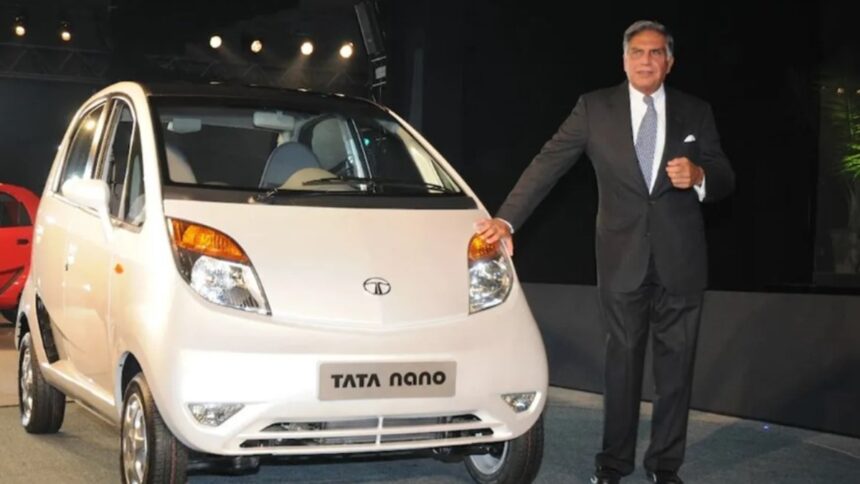Ratan Tata, the revered industrialist and former chairman of Tata Sons, dedicated himself to simplifying life for the common people of India. His vision materialized in the form of the Tata Nano, a car designed to make vehicle ownership accessible to the middle class who often found cars financially out of reach. The Tata Nano was unveiled as India’s first “one lakh” car, generating curiosity and excitement nationwide when it debuted at the 2008 Auto Expo in New Delhi.
In a heartfelt Instagram post years after the launch, Ratan Tata shared the inspiration behind the Nano. He witnessed Indian families struggling on scooters, often with a child precariously positioned between the parents. This prompted him to provide these families with a safer and more comfortable mode of transportation. Tata, who developed his sketching skills during his time at the School of Architecture, envisioned a simple, affordable car that prioritized safety without compromising on mobility.
Despite the initial buzz, the Nano struggled to maintain its momentum in the market. Ratan Tata later attributed its lack of success to poor marketing strategies. He highlighted that the design team’s average age was 25-26 years, reflecting the team’s enthusiasm for creating an affordable vehicle. However, the sales team mishandled the branding by promoting the Nano as the “cheapest car” instead of positioning it as an accessible vehicle for everyday families. This misstep had a detrimental effect, leading to waning interest and ultimately discontinuation of the model.
Ratan Tata’s vision for the Tata Nano showcased his dedication to innovation and social responsibility. Although the Nano did not achieve the commercial success envisioned, its introduction sparked crucial discussions about affordability and accessibility in the automotive industry. Tata’s legacy continues to inspire new generations of entrepreneurs and industrialists striving to balance business acumen with societal needs.
As the automotive landscape progresses, Ratan Tata’s aspiration of enabling car ownership for every Indian family serves as a poignant reminder of the transformative potential of visionary leadership.








